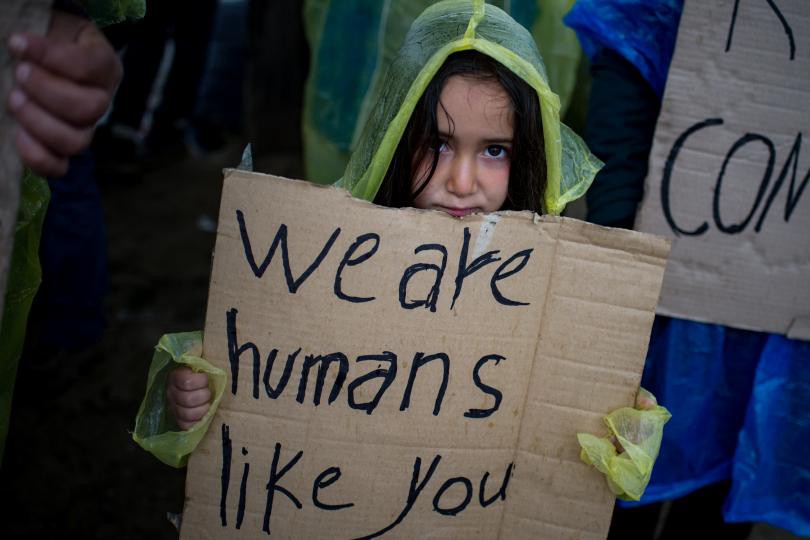“I am going to ask for asylum,” Maria said. The mother and her three children, hailing from Honduras, hoped to gain asylum when they arrived at the US southern border in February 2019.
“They killed my father. We went to the police and they put the person who killed him in jail. But he paid about 150,000 Honduran lempira ($6,250) and they let him out. Then they came to threaten me and my brother with death because we went to the police. That is why I left.
Also, because my husband beat our kids and me all the time, and we are so poor.”
Two years later, on February 2, 2021, President Joe Biden signed an executive order seeking to attack the root causes of Central American refugees fleeing, extend asylum programs and resettlement capacity in the region, and review all the policies Donald Trump’s administration put into place to eliminate access to asylum.
This is an opportunity to fundamentally rethink asylum.
Fleeing in Groups
Currently, asylum can be granted in the United States if an applicant can demonstrate they have been persecuted in the past or have a well-founded fear of persecution on five grounds: membership in a particular social group, religion, race, nationality, or political opinion.
However, my work as an expert witness in more than 100 cases of asylum seekers from Mexico and Central America suggests that asylum pertains not just to individuals fleeing persecution but also to networks of people who are connected in daily life. Violence, poverty, climate change, and unemployment are experienced collectively, in communities.
Moreover, people flee internally before they leave their countries. While some come alone, many come with families and would like to bring the larger networks of people they are connected with who are fleeing together for multiple, complex reasons.
Most are already connected to extended families and people from their communities of origin who live in the US.
Rethinking Asylum
In 2018, Americans were horrified by the separation of parents from children at the border as thousands of Central American families seeking asylum flooded legal points of entry. That so many Americans felt their heartbreak suggests we should fundamentally rethink asylum.
What if we allowed people to apply for asylum together, as a group; for example, as families or as a group of families from one community? Doing that would allow people to settle in the US with a wider support system while recognizing the complex interconnections that fuel the global refugee crisis.
Broadening Asylum
Biden’s February 2 executive order seeks to “identify and prioritize actions to address the underlying factors leading to migration in the region.” This goal faces major challenges.
US foreign and development policy in Central America has for decades helped to foster corruption, state-sponsored violence, poverty, anti-democratic and authoritarian tendencies, anti-Indigenous and anti-Black racism, horrific gendered violence, and an open door for organized crime.

Correcting bad foreign policy will take time. Right now, we should focus a bright light on existing immigrant communities in the US as a resource. Let us work with them to rethink our asylum system and accommodate the reality of today’s refugees from Central America and elsewhere.
Why not pass a law designating additional groups of people for resettlement in the US through our refugee program, such as Central American refugees?
Broadening asylum to allow for multiple and connected persecutions and causes as experienced by groups of people such as Maria and her extended family would bring US policy in line with the lived experience of today’s refugees.
Disclaimer: The views and opinions expressed here are those of the author and do not necessarily reflect the editorial position of The Globe Post.





















